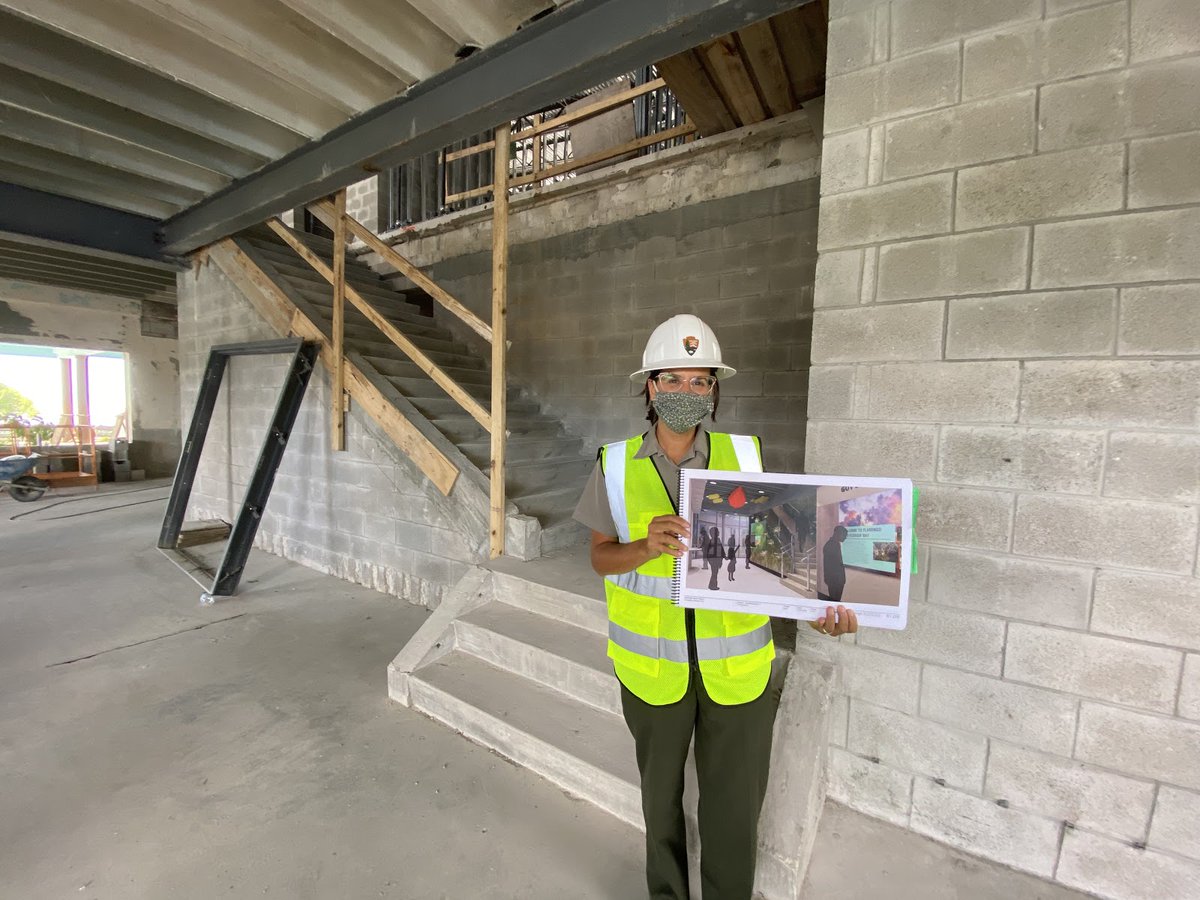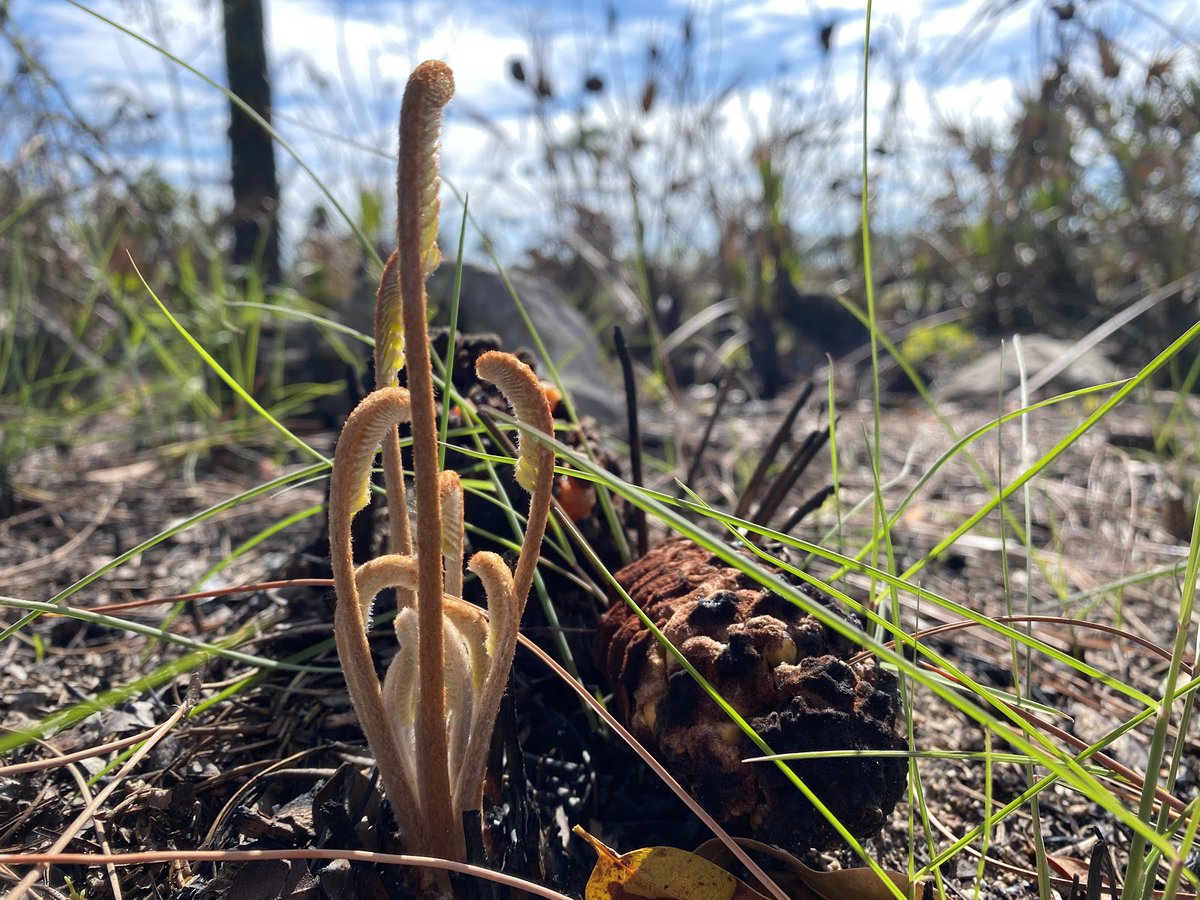
Active shooter incident happening at Everglades NP. Main park road (SR 9336) closed for public safety. Visitors/residents in Flamingo should shelter in place. Suspect is a 33 y.o. white male. Federal, state, and local law enforcement agencies are coordinating the response.
@wsvn @CBSMiami @KeysInfoNet @WPLGLocal10 @MiamiHerald @SunSentinel @AP @KeyWestCitizen @WLRN @keysweekly @nbc6 @palmbeachpost
There are no injuries to report as of now. Suspect fired at park rangers unprovoked. Suspect is still at large.
Suspect has been located and is in custody. Incident has been resolved. Press release to follow soon. Please continue to avoid the area.
No media staging. The park entrance and SR 9336 remain closed for now.
Following yesterday's incident, the Homestead entrance and main park road (SR 9336) have reopened, and it is safe to visit the park.
• • •
Missing some Tweet in this thread? You can try to
force a refresh












